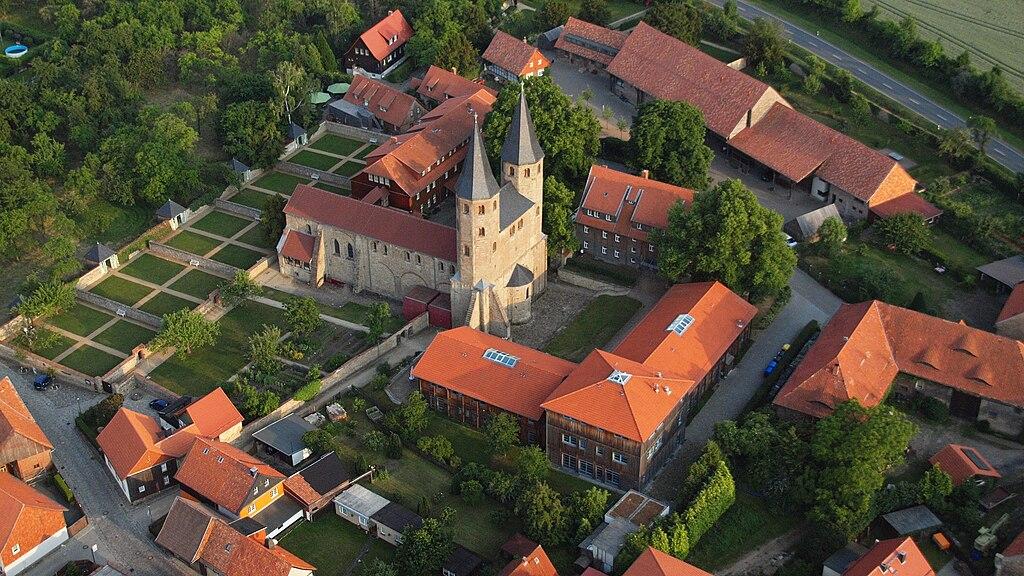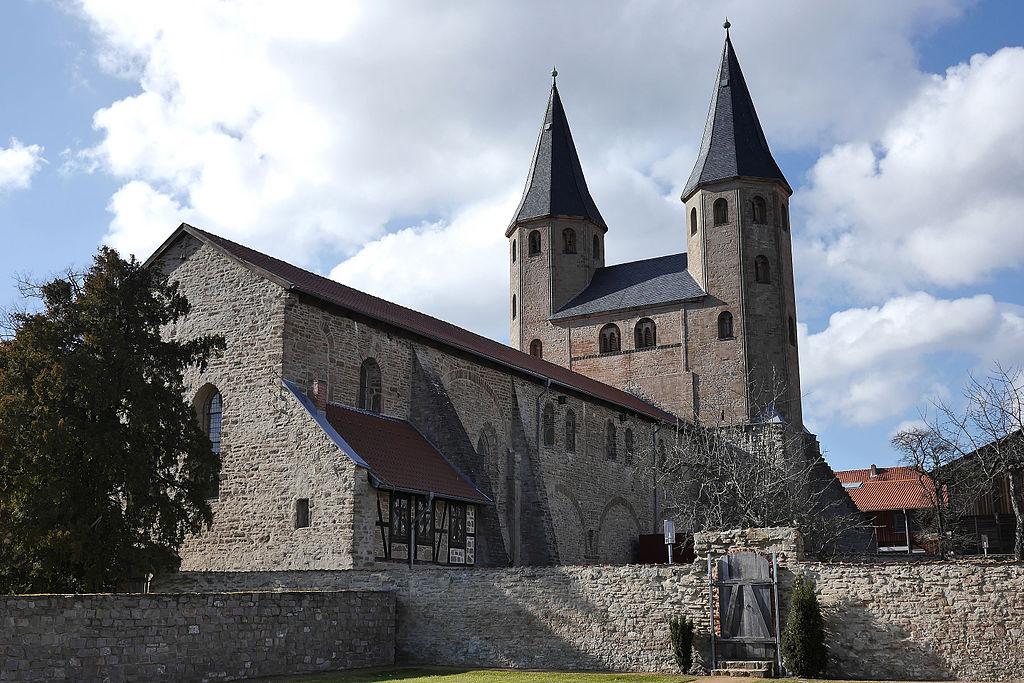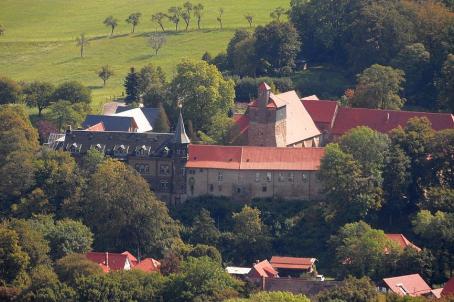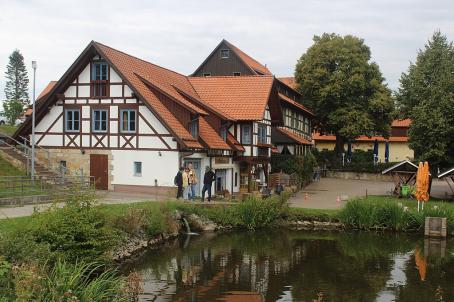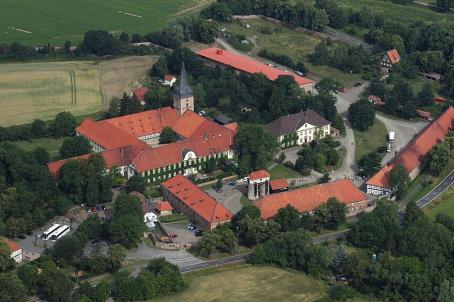Drübeck Monastery
The Drübeck Monastery is a former Benedictine abbey in the district of Drübeck, in Ilsenburg. The monastery is a stop of the Harz Monastery Hiking Trail and part of the Romanesque Road that crosses the German state of Saxony-Anhalt.
About this building
The monastery has its origin in a nunnery first mentioned in a document from 960 when Emperor Otto I donated lands to the community of nuns. Extensive reconstruction took place during the 12th and 13th centuries. At the end of the 17th century, the abbey was transferred to the Count of Stolberg-Wernigerode by royal edict.
Right in the centre of the monastery complex is the 1,000-year-old church of St. Vitus. At The crypt of the monastery church houses the remains of St Adelbrin, the legendary first abbess of the monastery. The monastery garden is home to a linden tree planted in 1730, which is now a natural monument in the district of Harz.
In 1946, a convalescent home and a conference centre were opened in the former monastery following the wishes of the last abbess, Magdalena Countess of Stolberg-Wernigerode. Today the former monastery houses a conference venue of the Evangelical Church of the Church Province of Saxony, an educational-theological institute and a pastoral centre.
